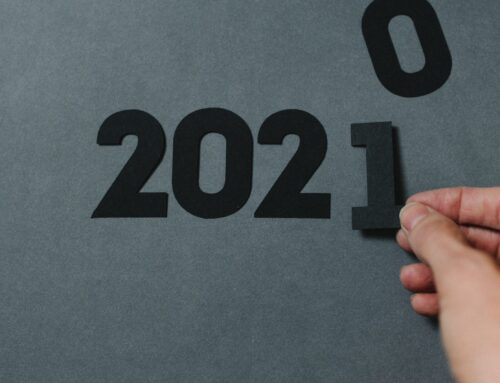In the last post we touched on the costs involved in building your own continuing education management system (CEMS). Many people assume that after the initial development costs all they have to do is sit back and watch the money pour in. This approach does not take into account the true and total cost of ownership, and has led to many nasty surprises and blown budgets. So, before committing to anything, it pays to consider the true and total cost of owning a software system.
Hardware
When building your own CEMS one of the first things you’ll have to consider is whether you are going to invest in the necessary hardware, or whether to go with a cloud based system. If you decide to buy your own servers (which are a substantial chunk of change themselves) and host your own content you’ll incur a number of additional expenses. Housing your servers not only requires a dedicated room, but a sophisticated (which translate to expensive) cooling system to prevent overheating and meltdowns. You’ll also have to invest in sufficient bandwidth to ensure your content is readily available to your learners, nothing irritates people more than a buffering message. If all of that sounds overwhelming, there is the option of hosting on a cloud. While this can remove some of the administrative headache, the cost of storage and bandwidth usage can be so great it negates any savings.
Software
In addition to the hardware costs, expect to incur some software costs as well. You will require software to code, edit, debug, and scan your CEMS. Each of these systems require licensure fees, maintenance and monitoring—costs which can quickly start to add up. It is sort of like your utility bills. You can’t live without electricity, water, trash pick-up and internet, and as the proud owner of a software system you can’t live without a database, web server, application server, storage, tools and utilities licenses.
Maintenance
Those of you who own a house know the amount of maintenance they require. Whether it is something as small as a cabinet knob coming loose, or as big as finding termites in your roof, there is a never-ending list of things to fix and monitor. Maintaining a software system is much like owning a house. Whether it is ensuring that all updates have been installed, or finding and destroying a bug that is wreaking havoc, there is a never-ending list of things to fix and monitor. And all of this costs you time and money. While you may have budgeted for your down-payment and monthly mortgage payments for your house, these additional maintenance costs may come as a nasty surprise, and it is no different in the software world. So, if you decide to build your own CEMS be sure you have a budget for maintenance, and most importantly someone on-hand to do the maintenance. You know how hard it is to find a good handyman, and finding a good IT systems administrator is even harder. This brings us to the next consideration—who is going to do all this work?
Personnel
As you’ve probably guessed by now, all of this will require additional staff. You’ll need engineers, database administrators and systems administrators to fix bugs, make upgrades, maintain licenses and do maintenance. You’ll also need the proper amount of support staff to help your end-users. So start putting together some want ads now, ‘cause these folks are in high demand and finding the right person with the right skillset can take time.






